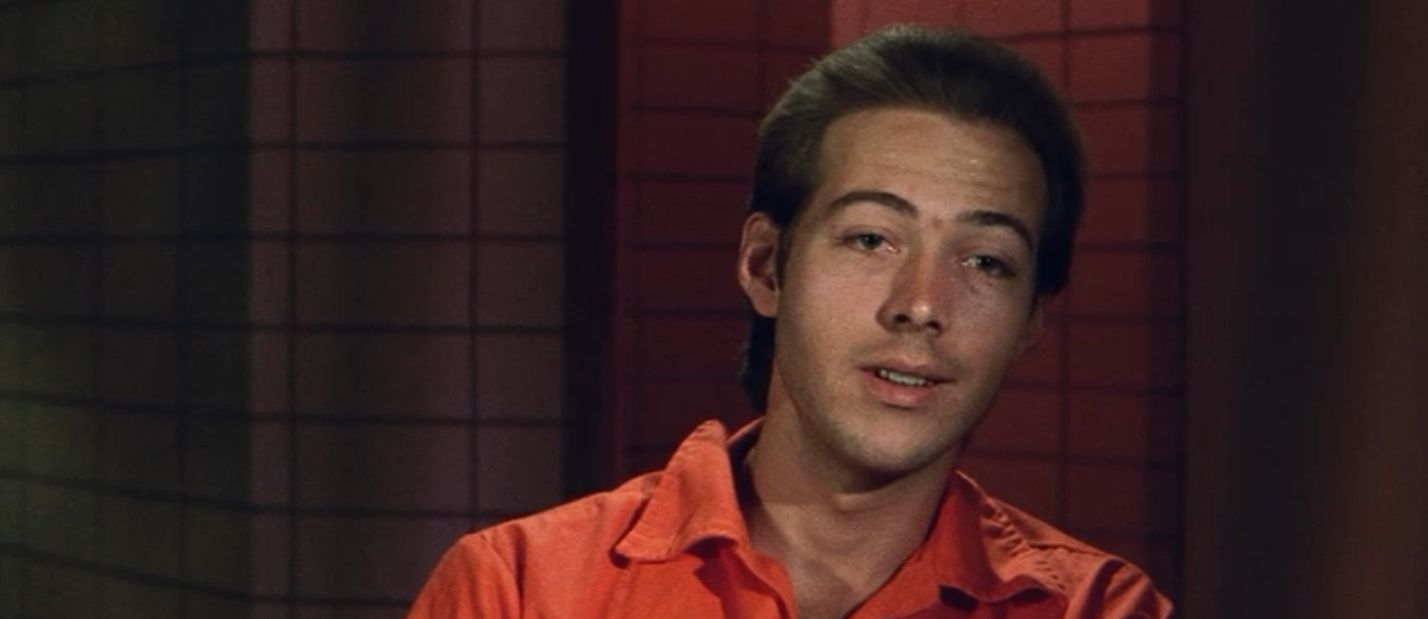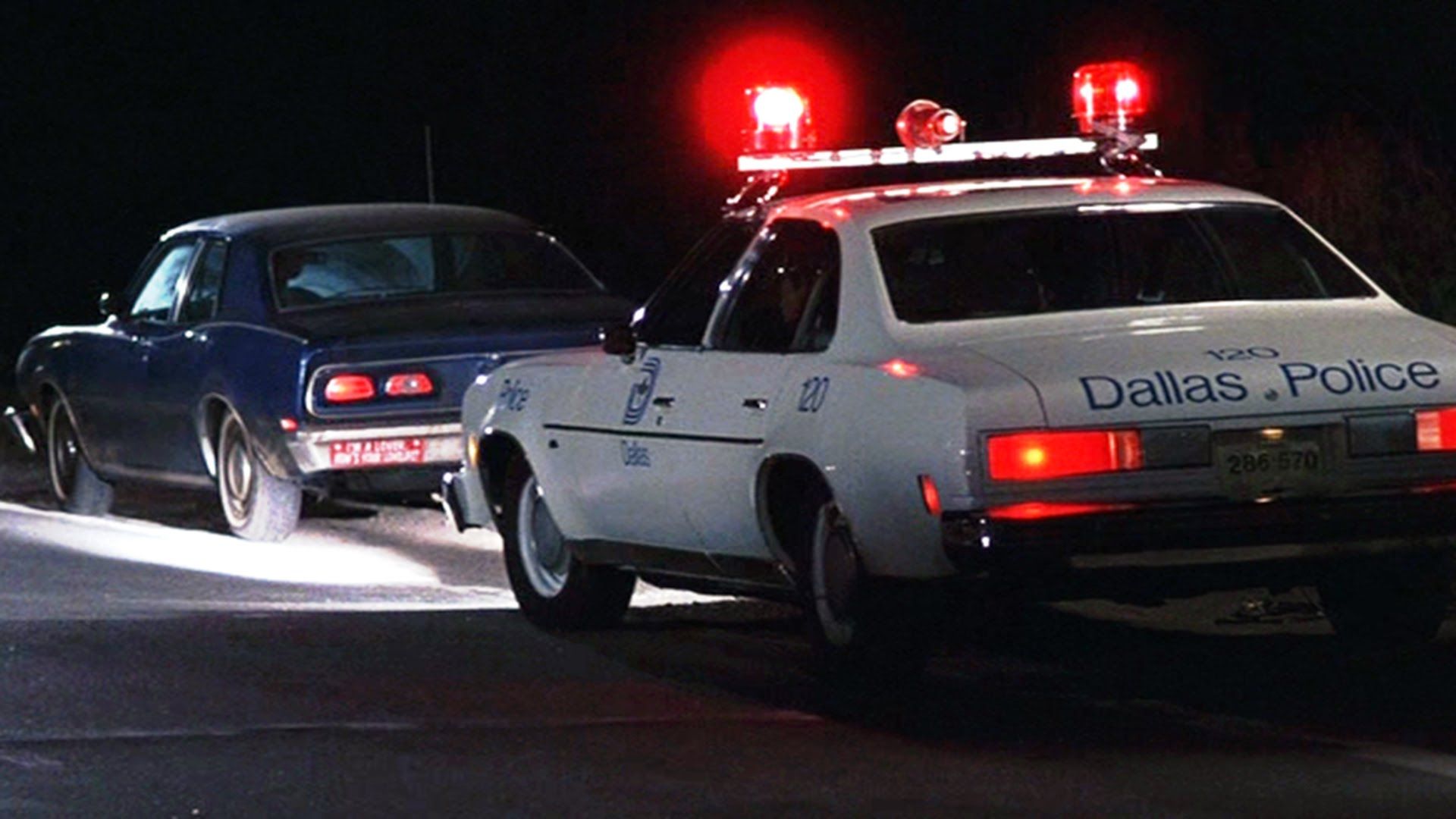The Big Picture
- True crime has become a prominent genre, but many shows and films focus more on drama and fear than on actually learning about the subject.
- Errol Morris’ The Thin Blue Line is a refreshing example of true crime done right, with clear perspectives, respectful storytelling, and impressive cinematography.
- The film was instrumental in overturning the conviction of Randall Dale Adams, highlighting systemic issues within the justice system beyond just one case.
True-crime film and television has become quite possibly the most prominent genre to emerge in the last 10 to 20 years. It has spawned films, shows, books, podcasts, podcasts about films and shows, podcasts about those podcasts, and so on. True crime has seeped into every conceivable facet of life, and while it may be fascinating, it seems to be doing more harm than good. For every Mindhunter, you get another boilerplate streaming show that is more about drama and fear than actually learning anything about the subject it is supposed to be studying. The intense backlash to shows like Dahmer, and the questionable ethics at the heart of that specific show, really highlight how corporate and commoditized the genre has become. For a welcome breath of fresh air in one of the most stale genres we have, you must return to its foundation. Errol Morris’ The Thin Blue Line is in many ways the blueprint many true-crime shows and films follow now. It includes a clear position on the crime at hand, many stylized re-enactments of the crime itself, sit-down interviews, and presents you with an ending and a perpetrator. Yet, where Morris excels in the film is in its simplicity, in its earnestness. Rather than from a nebulous perspective, detached from its creator, the audience knows exactly whose perspective it has the entire time, that of Morris himself.
How ‘The Thin Blue Line’ Began
Nowadays, Errol Morris is a legend of the documentary field, up there with Barbara Kopple, Les Blank, and Frederick Wiseman as one of the greatest documentary filmmakers to come out of America. In 1988 however, he was just a filmmaker who had made Gates of Heaven, a film that famously caused Werner Herzog to eat his shoe, and not much else at the time. He had incredible critical acclaim, namely from Roger Ebert, but not much notoriety to show for it. He had been searching for another subject to make a film about, and eventually settled on James “Dr. Death” Grigson, a forensic psychologist from Texas who had testified in hundreds of criminal trials, often leading to the conviction of the defendant after a claim they would be a repeat offender. Through his investigation into Grigson, Morris discovered the case of Randall Dale Adams, convicted of the 1976 murder of Dallas police officer Robert W. Wood. Adams was initially sentenced to death, but later had his sentence commuted to life in prison. When Morris discovered the story, and Adams said that the murder was actually committed by David Harris, the genesis of the film was formed, and the real investigation began.
This beginning is one of the reasons why The Thin Blue Line stands out from the pack of true crime that has come after it. Morris did not find an already famous story and decide to add on to the pile of things made about it. Instead, he found something that had fallen through the cracks, and followed that thread all the way to the end of the line. However, while Morris’ fingerprints are all over the film, he accomplishes that through editing and cinematography, rather than through narration or other more obvious means. Morris is not a Michael Moore type figure, but he has a trademark visual style that makes every decision feel measured. He films his subjects looking right into the camera, as if the audience is the one interviewing them, rather than having himself in the frame. The re-enactments of the crime from multiple perspectives are filmed with a slick, noir style, that break away from the traditional documentary style into something much more auteur driven. Morris has a clear opinion, that Adams is innocent, railroaded by a corrupt legal system, but you never feel like he is shoving his opinion down your throat. Rather, he is simply presenting you with his opinion, not tricking you into believing him.
What Makes ‘The Thin Blue Line’ So Important
When you compare this to a lot of modern true crime content, is a genuinely refreshing watch. The perspective of the creator is very clear, the story is told respectfully, and the cinematography and Philip Glass score are incredibly slick. Nowadays, it’s difficult to even tell some of these shows and movies apart, and you have no idea what, if any, connection the filmmakers have towards the story. For every Into The Deep or Strong Island, two very personal films that shine as great examples of modern true crime filmmaking, you have another show that exploits a tragedy for the gain of a streaming giant.
Which leads to another key point that makes The Thin Blue Line an important film. It actually contributed to Randall Dale Adams being acquitted of murder, and getting released from prison. Morris and Houston lawyer Randy Schaffer had discovered numerous issues with the witnesses testifying against Adams, including hypnotizing a witness, and dropping a charge against a witnesses’ daughter in exchange for her testimony. This, along with interest drummed by the documentary itself, led to Adams’ getting a new case, and having the charges against him dropped. The purpose of this documentary was not to drum up fear, or to exploit Adams’ story for a salacious watch, but rather to tell his story as a means to discuss systemic issues that extend beyond just this specific case.
One of the things about the film that has aged the most interestingly is the title itself. The idea of “the thin blue line,” that police officers are the last line of defense against the total collapse of society, has been fiercely promoted, and equally reviled in recent years. Morris, however, made his feelings on the matter known by titling the film with that phrase. He makes it clear that that idea is simply a fabrication. The police and the justice system that are supposed to protect people like Adams from being wrongfully convicted, work in the opposite way, in a manner that upholds their own power. The Thin Blue Line is a film that ticks all the boxes for any film fan. It is an incredibly compelling story, told brilliantly by Morris, with a visual flair and an all-time score by Philip Glass. Beyond just that, it is a powerful analysis of how the justice system works, who it really works for, and who is discarded by it time and time again. True crime may be a bit over saturated now, and it may leave a bad taste in your mouth, but returning to where the modern conception of it began can show you why you fell in love with the genre in the first place, and just how powerful it can be when it is done right.
Source link



